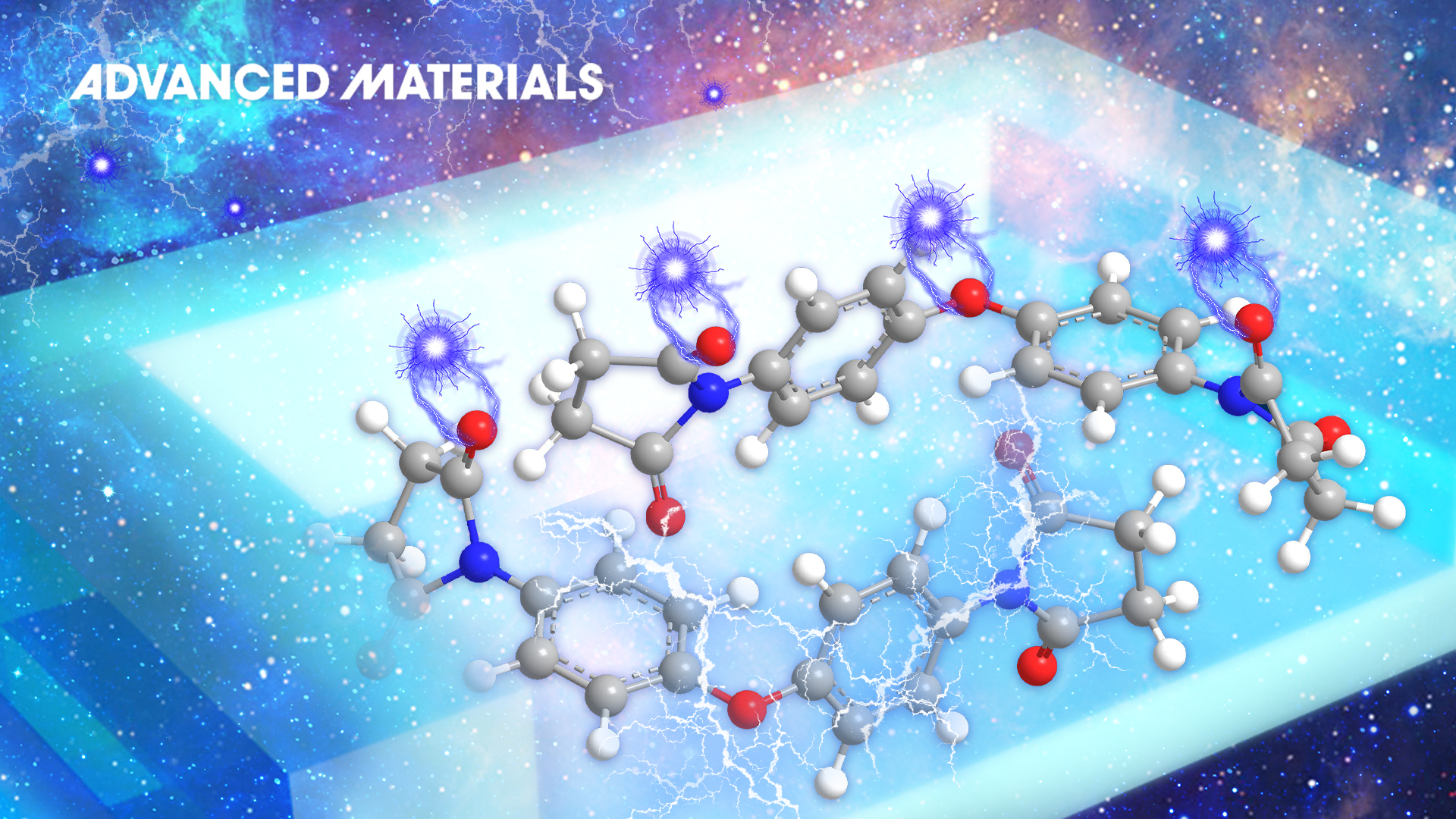Polymers are the material of choice for dielectric materials in power electronics and electrical systems due to their high breakdown strength, excellent flexibility, and processability. However, the energy density of current dielectric polymers fails to meet the growing demand under harsh conditions (such as those in electric vehicles, aerospace systems, and power grids) owing to their relatively low working temperatures and sharply increased electrical conduction at high electric fields and high temperatures.
For example, power inverters in electric vehicles operate at about 150°C, and the oil and gas exploration work at up to 200°C or more. The conductivity loss of polymer dielectrics increases exponentially at high temperatures and high electric fields because of the thermally and electrically excited charges, resulting in a significant deterioration of energy storage density and charge/discharge efficiency. The best commercial dielectric polymer film, biaxially oriented polypropylene (BOPP), is unable to meet this demand. As the temperature rises from 25°C to 120°C, the efficiency of BOPP at the electric field of 400 MVm-1 decreases sharply from 96.2% to 68.5%, exhibiting a decreased energy storage density of ~1 J cm-3.
Therefore, how to design and realize high-temperature dielectric polymers with high energy storage density and charge/discharge efficiency simultaneously has been a key challenge in the development and application of dielectric materials.

To address this challenge, Chair Professor Hong Wang’s team from the Department of Materials Science and Engineering at the Southern University of Science and Technology (SUSTech) has recently developed a strategy to control the trap energy level of the dielectric materials by tailoring the polymer cross-linked network at the molecular scale. As a result, this significantly suppresses the conductivity loss of the polymer at high temperatures and high fields.
Their research paper, entitled “Tailoring Poly(styrene-co-maleic anhydride) Networks for All-Polymer Dielectrics Exhibiting Ultrahigh Energy Density and Charge-Discharge Efficiency at Elevated Temperatures,” has been published in the academic journal Advanced Materials.
As shown in Figure 1, the researchers first revealed that the rigid polar cross-linkers were introduced to polystyrene-maleic anhydride copolymer (SMA) with controlled reactivity to regulate the cross-linked polymer structure, developing a series of polymeric high-temperature dielectric materials. It can be processed on a large scale, with an energy storage density of 7.02 J cm-3 at 150°C while maintaining a charge/discharge efficiency of over 90%. This is significantly better than the current advanced dielectric polymers and dielectric composites. In addition, the material has self-healing capability and excellent cycling stability, achieving 200,000 cycles at 150°C and 200 MV m-1.

Figure 1. Schematic diagram and structure of precursor polymer SMA and the cross-linked polymer, and the performance comparison of this work, high-performance dielectric polymers, and polymer composites reported in recent years.
By combining high-temperature leakage conduction, pulsed electroacoustic (PEA) experiment, and first-principles computational simulation, the researchers systematically studied the influence of different molecular structures in the cross-linked polymers on the dielectric properties and capacitive properties of polymers. They revealed the mechanism of the molecular-scale structure on inhibiting leakage conduction current under high temperatures and high electric fields. Furthermore, they have provided an experimental and theoretical basis for the further development of high-performance dielectric materials in harsh environments.
Zizhao Pan and Li Li, postdoctoral fellows at SUSTech, are the co-first authors of this paper. Profs. Qing Wang and Hong Wang are the co-corresponding authors.
The research was funded by the National Key Research & Development Program, National Natural Science Foundation of China (NSFC), and Shenzhen Science and Technology Program.
Paper link: https://doi.org/10.1002/adma.202207580
To read all stories about SUSTech science, subscribe to the monthly SUSTech Newsletter.
Proofread ByAdrian Cremin, Yingying XIA
Photo By